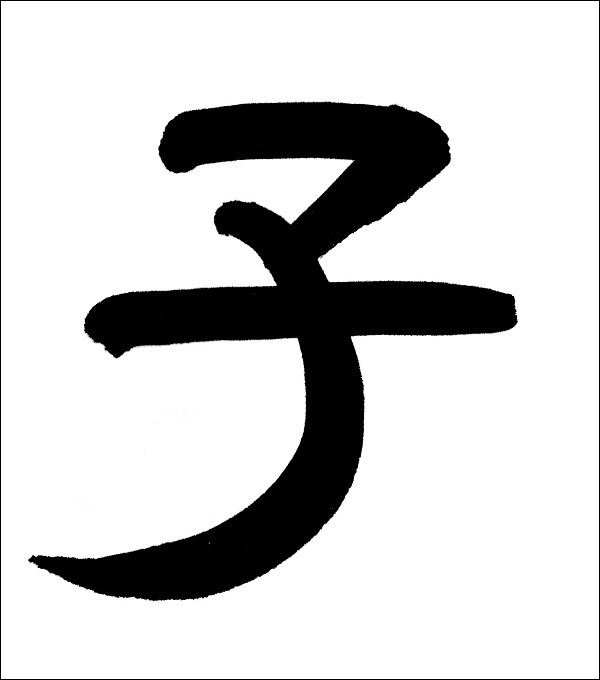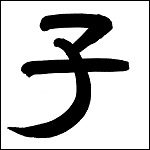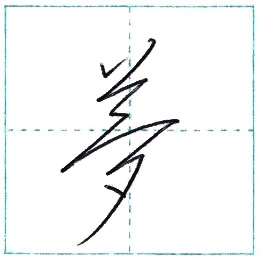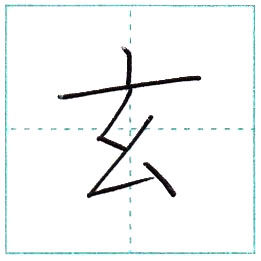明けましておめでとうございます。
昨年は、134か国の方にブログをご覧頂きました。
本当にありがとうございます。
アクセスも少しずつ増えていまして、
ブログを続けることに、とてもやりがいを感じています。
本年も当ブログをどうぞよろしくお願い申し上げます。
龍溪(りょうけい)
Happy new year from Japan.
Last year, I had many visitors from 134 countries to this blog.
I appreciate it so much.
The number of accesses is also increasing little by little,
so I feel it is very worthwhile for me to continue this blog.
I hope you will enjoy my blog this year, too.
Ryohkei
スポンサーリンク

今年は、隷書で「子」を書きました。
ことしは、れいしょで子(ね)をかきました。
This year, I wrote 子 [ね ne] = rat
in clerical script.
この書体は、日本のお札や印鑑に使われています。
このしょたいは、にほんのおさつやいんかんにつかわれています。
This script is used in Japanese bills and stamps.
※日本には、各年を12種類の動物で表す習慣があります。これを十二支と言い、元々は中国の文化です。
にほんには、かくとしをじゅうにしゅるいのどうぶつであらわすしゅうかんがあります。これをじゅうにしといい、もともとはちゅうごくのぶんかです。
Japan has a custom to express every year with 12 animals. This is called “juu ni shi (= twelve zodiac signs)” in Japanese, which is originally Chinese culture.
2020年は子年です。「ね/ねずみ」の漢字は、普通は鼠と書きますが、この十二支の場合のみ子を使います。
にせんにじゅうねんはねどし/ねずみどしです。「ね/ねずみ」のかんじは、ふつうは鼠とかきますが、このじゅうにしのばあいのみ子をつかいます。
2020 is the year of the rat. We usually write 鼠 to express “rat” in kanji, but 子 is used only in the case of this “juu ni shi”.
公開日/post 2020.01.01
更新日/update 2020.01.01
スポンサーリンク



